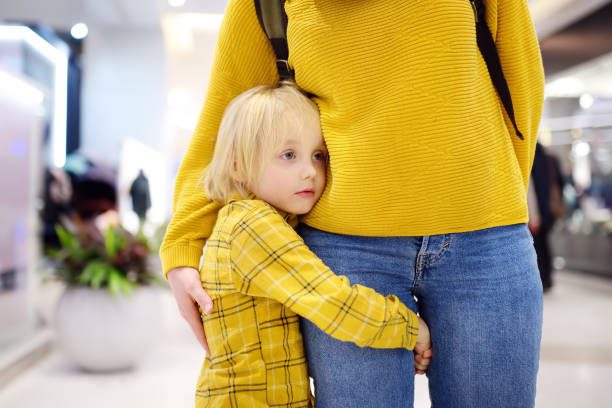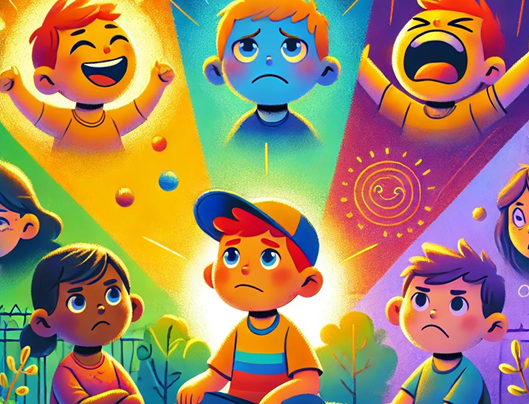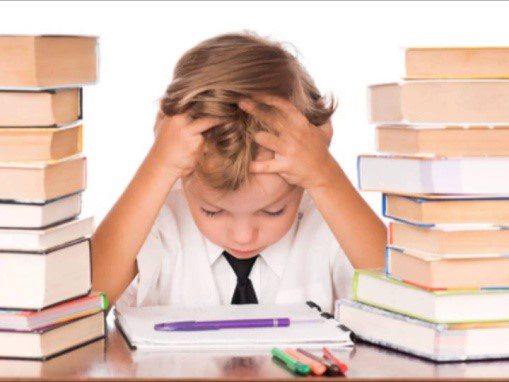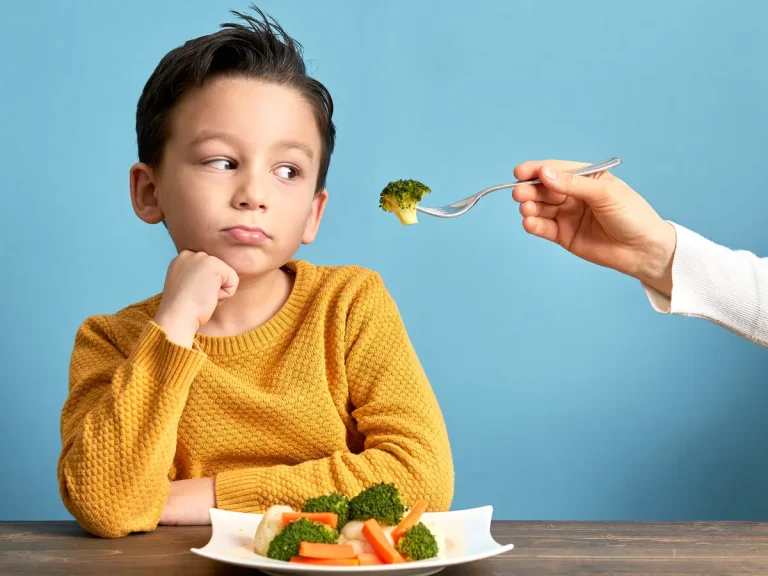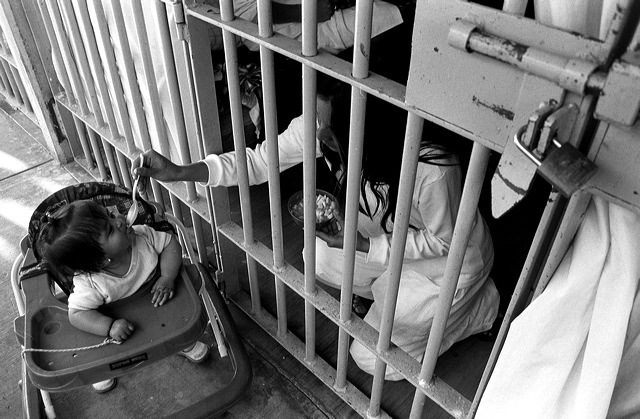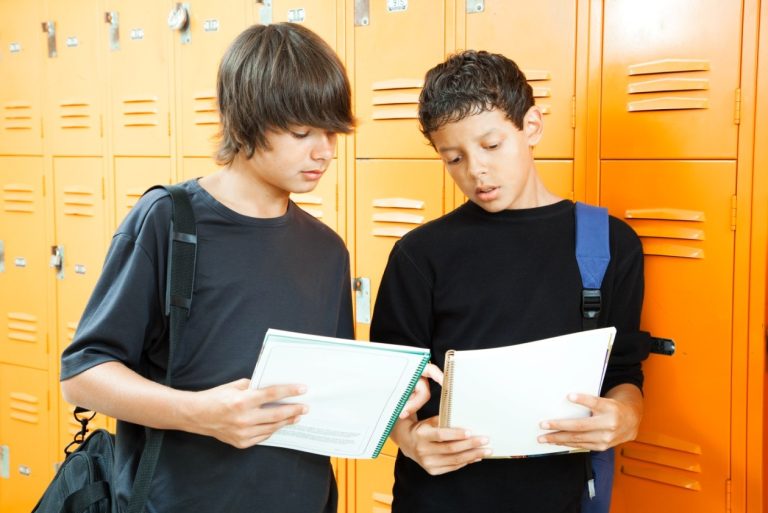What parents should know about anxiety
Anxiety is one of the most common mental health concerns for children and adults, affecting around 20% of the adult US population (“Facts & Statistics | Anxiety and Depression Association of America, ADAA”, 2021). Everyone experiences anxiety sometimes, but how can we tell if we are anxious? For some of us, specifically children or adults with alexithymia (difficulty in recognising personal emotions), this may prove difficult.
Anxiety and the Body
To understand how anxiety may present, it helps thinking about it as a physiological response. When children feel anxious, they may not label their body symptoms as anxiety or nervousness, but as sickness: they may communicate that they are unwell, or complain about body aches. Younger children may present with a sore tummy, while adolescents may suffer from headaches, chest pains or tense neck and shoulder muscles. Other common examples may include gastrointestinal symptoms such stomachache and nausea, or other sensations such as feeling hot or cold, rapid and shallow breathing, sweating or shaking.
How do these bodily sensations translate in someone’s behavior?
For anxious children and teens, anxiety may look like avoidance. For example, a child may have difficulty raising a hand in class or reading out loud, avoid routine blood tests or going to the dentist, refusing to perform in front of an audience (e.g. for sport events, dance performances etc.) and not sleeping in their own bed. Most importantly, anxiety has a less known form: may appear as excessive fear of making mistakes, or strong desire to always be “perfect”, whether this concerns external appearance or school work.
How does anxiety affect thoughts?
Anxious children and teens tend to worry. These worries may be about something current or something in the future, and may vary from reasonable worries regarding tests and exams, to remote worries (“my parents will die and I will be homeless”). As a result of these worries, anxious children and adolescents tend to rely much more on their parents in comparison to their peers. They may seek comfort and reassurance again and again, in situations that are not threatening. At the same time, these worries are excessive and extreme, either in duration (worrying for hours instead of minutes) or in context (catastrophizing, jumping to the worst conclusion with minimal information, expecting the worst to happen all the time).
As avoidance habits can build up easily, it is necessary to teach anxious children a variety of coping strategies, so they can learn how to face their fears and have a more fulfilling life.
If you think that you can benefit from professional support on this issue you can reach out here.
Elena Marinopoulou is a Behaviour Analyst with Willingness Team. She works with
children and adults and has a strong interest in parent training, sleep and feeding
issues emerging during childhood, as well as Acceptance and Commitment Therapy.
References:
ABC’s of Anxiety. (2022). Retrieved 30 May 2022, from https://www.anxietycanada.com/articles/abcs-of-anxiety-2/
Facts & Statistics | Anxiety and Depression Association of America, ADAA. (2021). Retrieved 31 May 2022, from https://adaa.org/understanding-anxiety/facts-statistics

